Musée révolutionnaire de Wuhan - Billets, heures d'ouverture, emplacement et points forts
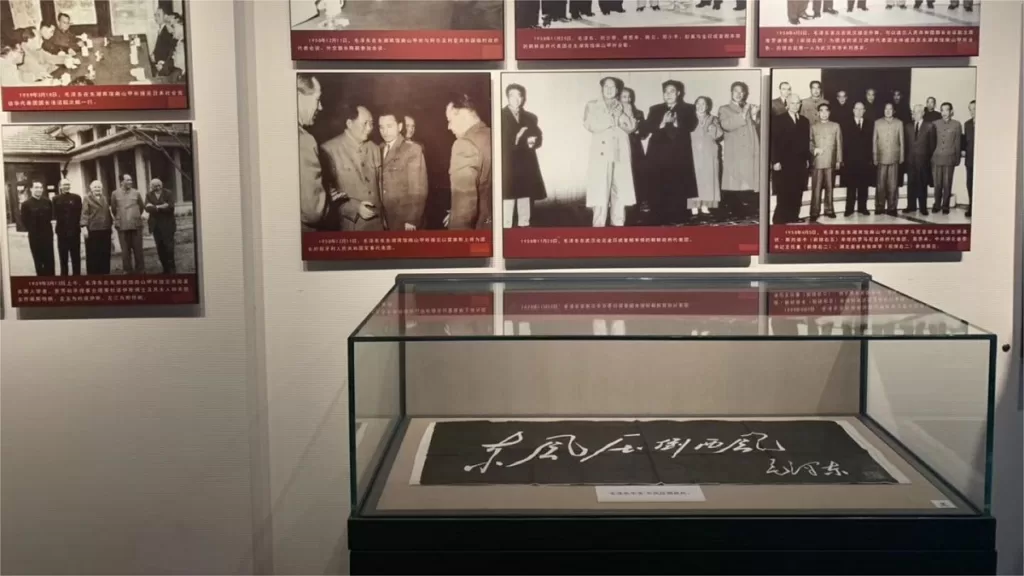

The Wuhan Revolutionary Museum (武汉革命纪念馆) is situated in the Wuchang District of WuhanProvince de Hubei. Established in 1997, the museum covers a total area of 32,111.59 square meters. It comprises several memorial halls, including the Former Site of the Central Peasant Movement Training Institute, Mao Zedong’s Former Residence Memorial Hall, the Memorial Hall of the Site of the Fifth National Congress of the Communist Party of China, Chen Tanqiu Martyr Memorial Hall, and the Wuchang Uprising Gate Management Office.
The museum’s collection includes over 3,000 books, more than 10,000 photographic negatives, over 3,000 textual materials, and over 1,300 duplicated (printed) items. Additionally, it houses 594 original artifacts, including 10 classified as first-class cultural relics, 48 as second-class cultural relics, and 266 as third-class cultural relics. The Wuhan Revolutionary Museum is a significant institution that commemorates key historical events and figures associated with the revolutionary history of China.
Table des matières
- Informations de base
- Exhibitions in Wuhan Revolutionary Museum
- Former Site of the Central Peasant Movement Training Institute
- Former Residence of Mao Zedong in Wuchang
- Memorial Hall of the Site of the Fifth National Congress of the Communist Party of China
- Former Site of the Wuchang Uprising Gate
- Exhibition Hall on the History of Discipline Construction of the Communist Party of China
- Vlog about Wuhan Revolutionary Museum
- Attractions near Wuhan Revolutionary Museum
Informations de base
| Durée estimée de la visite | 1 - 2 heures |
| Prix du billet | Gratuit |
| Heures d'ouverture | 9.00 - 17.00 (mardi - vendredi) 9.00 – 18.00 (Saturday, Sunday, and National Holidays) Fermé le lundi |
| Numéro de téléphone | 0086-027-88850322 |
Exhibitions in Wuhan Revolutionary Museum
Former Site of the Central Peasant Movement Training Institute
Located at 13 Hongxiang in Wuchang, this site spans 12,850 square meters, with a building area of 5,110 square meters. It was a school initiated and presided over by Comrade Mao Zedong during the first cooperation between the Nationalist Party and the Communist Party. This institute aimed to train nationwide cadres for the peasant movement. Facing north and south, the institute displays an inscription by Zhou Enlai, reading “Former Site of the Central Peasant Movement Training Institute hosted by Comrade Mao Zedong.”
Former Residence of Mao Zedong in Wuchang
Situated at 41 Dufu Di in Wuchang, this residence spans 909 square meters, with a building area of 436 square meters. It served as Mao Zedong’s office and residence during his involvement in revolutionary activities in Wuhan in 1927, also functioning as the location for the Central Committee’s Agricultural Bureau. It was where Mao Zedong and his family had their final reunion and where he completed the renowned “Report on the Peasant Movement in Hunan.”
Memorial Hall of the Site of the Fifth National Congress of the Communist Party of China
Located at 20 Dufu Di Street in Wuchang, this site, established in 1918, covers an area of approximately 7,700 square meters, with a building area of around 3,611 square meters. Chen Tanqiu, one of the founders of the Chinese Communist Party and responsible for the Communist Party organization in Hubei, resided here. This location, disguised as a teaching place, served as a command center for the revolutionary movement in Hubei.
Former Site of the Wuchang Uprising Gate
Situated on South Shouyi Road, originally named Zhonghe Gate, it was one of the ten ancient gates of Wuchang. During the Wuchang Uprising, revolutionaries seized and opened the gate, allowing external forces to enter the city. The cannons mounted on the gate tower bombarded the Governor-General’s Office. After the victory of the uprising, it was renamed “Qiyi Gate” (Uprising Gate). The main area covers 890.8 square meters, with the gate standing 7.1 meters tall and 5 meters wide. A rectangular stone plaque above the gate bears the golden characters “Qiyi Gate” inscribed by Ye Jianying.
Exhibition Hall on the History of Discipline Construction of the Communist Party of China
Supervised by the Wuhan Municipal Discipline Inspection Commission, this specialized exhibition hall covers an area of nearly 3,000 square meters. It showcases the glorious history of the Party’s discipline construction, housing 405 pieces (sets) of historical materials and over 700 valuable high-definition historical photographs.
Vlog about Wuhan Revolutionary Museum
Attractions near Wuhan Revolutionary Museum
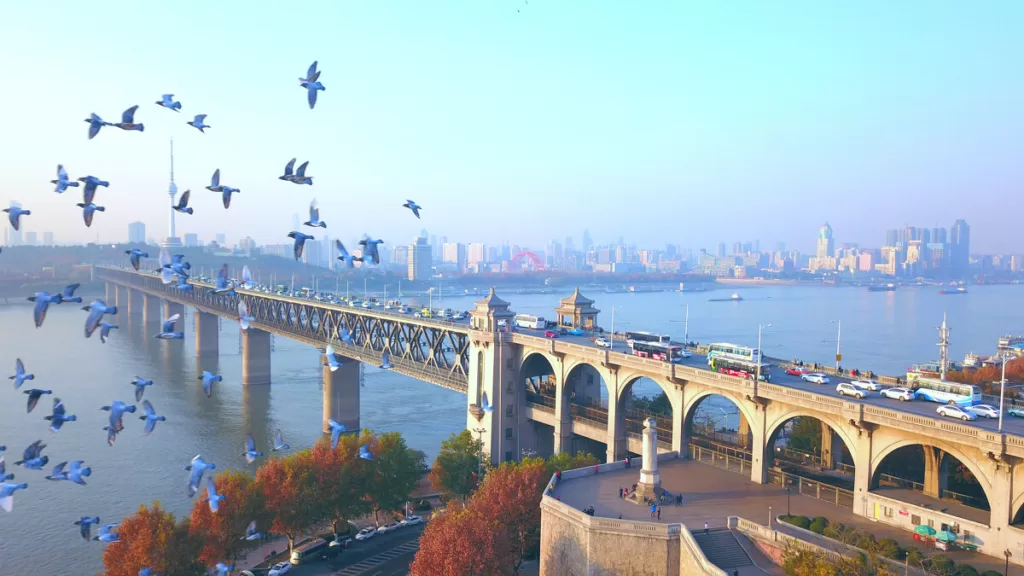
Wuhan Yangtze River Bridge – the First Bridge on Yangtze River

Hubu Alley – Foodies’ Haven

Tanhualin Street – Museum of Buildings
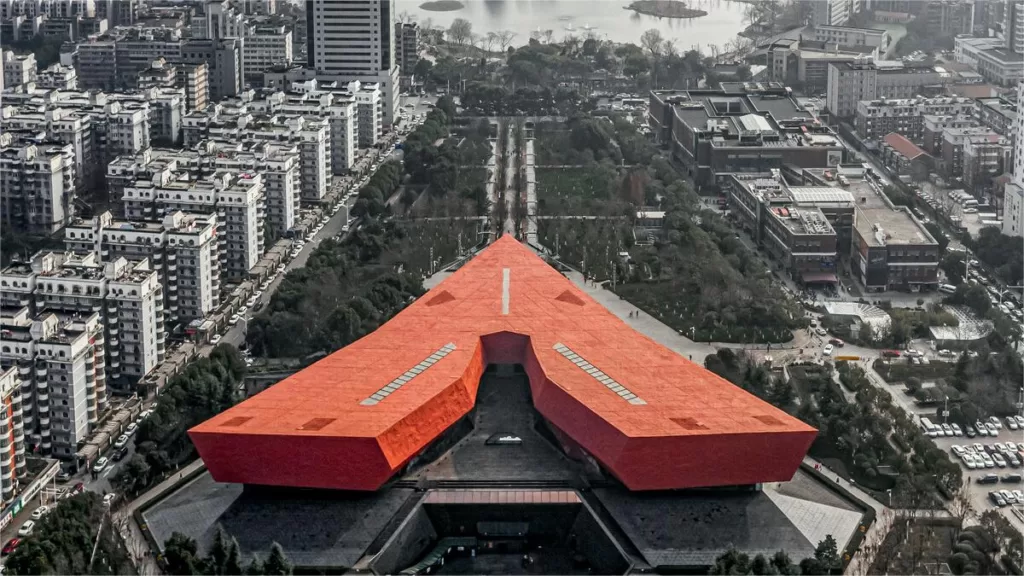
Xinhai Revolution Museum – A journey through 1911

Changchun Taoist Temple – A temple dedicated to Qiu Chuji

Shouyi Square – In memorial of Xinhai Revolution
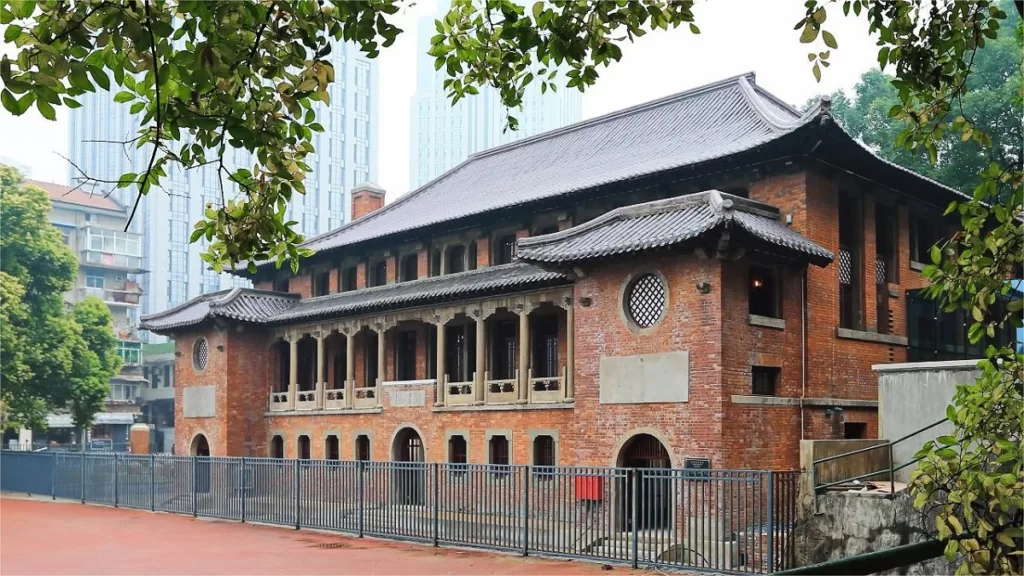
James Jackson Museum – In honor of Wenhua University’s first president
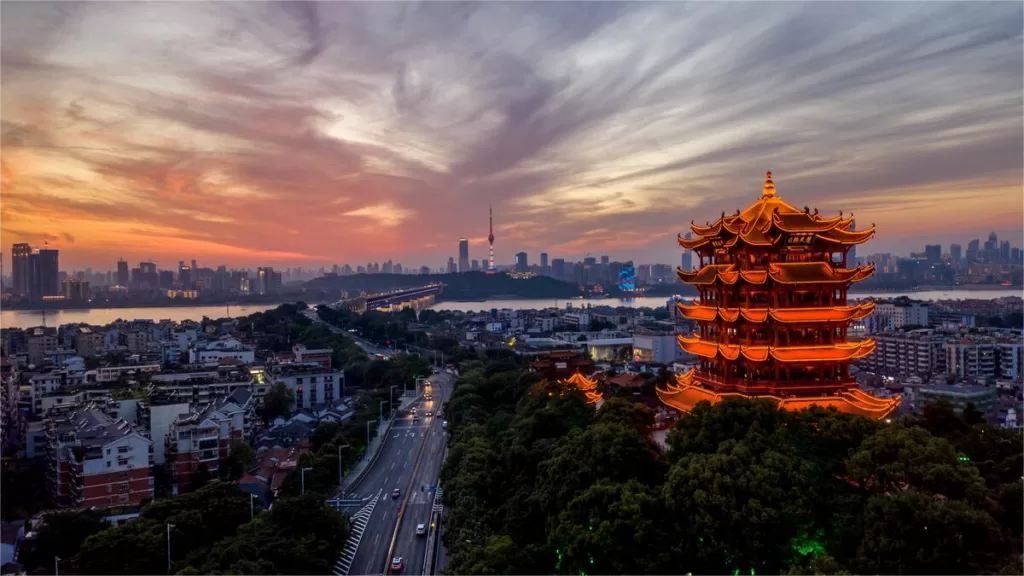
Yellow Crane Tower – One of the most famous tower in China
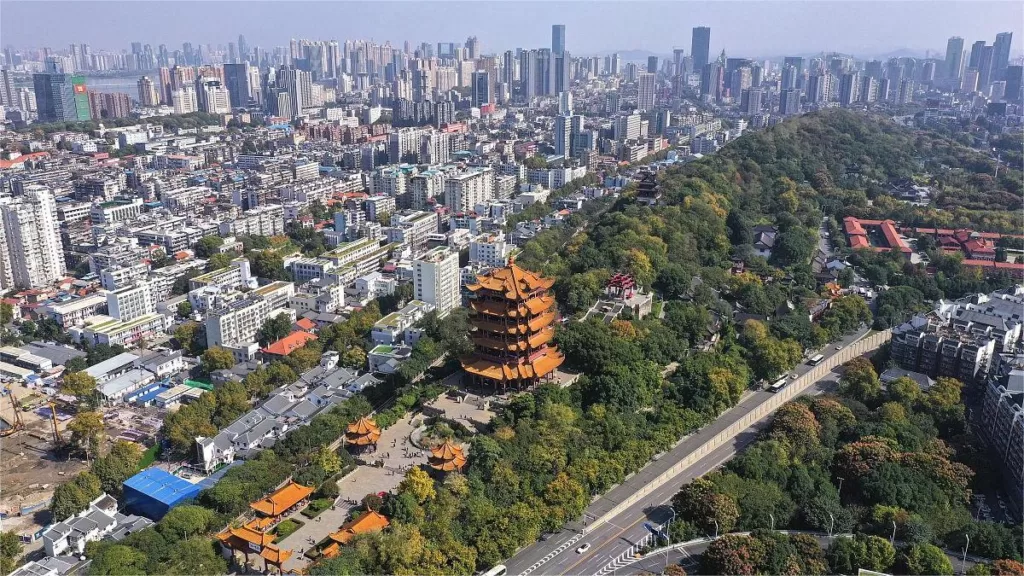
Snake Hill – A hub of historical attractions
Musées du Hubei, Attractions de Wuhan